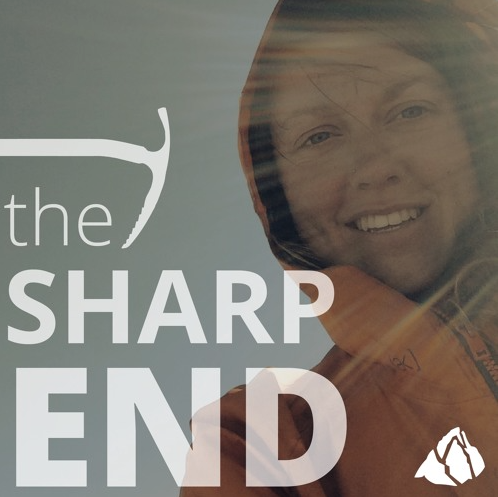California, Yosemite, Cathedral Peak
California, Yosemite, Cathedral Peak. On 25 July Armando Menocal and Andy Husari (48) set out early to climb the North face. They moved quickly up the talus and dirt of the East face and were just below the summit blocks by 0715. After 150 feet of third class, they roped up at a two-foot-wide ledge at the foot of what the Guide called an eight-foot- wide chimney-like depression. The first 40 feet or so seemed good up the open book on the left side of the chimney. After that they were uncertain as to the route or difficulty, although they agreed that 80 feet up a possible move to the left out of the chimney would lead to a jam crack; 20 feet up the crack appeared as a good belay ledge and a route up through the summit blocks and overhang at the top of the chimney.
Andy led and placed a small angle 25 feet from the ledge where he tied off. Above that he put in another small angle. Another 20 to 25 feet up the left side Andy placed a lost arrow. Andy clipped a chest sling into the pin, stood in it, and, making a move up, stepped on the piton itself with his other foot. It held.
A few more feet up the left side, Andy again had trouble free climbing. He placed a large nut, again clipped the chest sling in for a foothold, but did not clip the rope into the nut. Standing in the sling, Andy then placed a good-sounding angle and called down that he was tying it off. (Later they found that he had tied-off with a 5mm perlon prussik loop.)
It was now after 0815, and Andy had been leading for one hour. He could not move farther up the open book after several attempts, but he was still several feet below the opening to the left and the jam crack. Apparently he decided to try to move around the left side using the sling (connected to the nut) and prussik loop (tying-off the piton) for his right foot and handhold, respectively.
Menocal was sitting on the ledge when he heard the clattering of hardware which telegraphed the fall and jolt he prepared for. The jerk and pain of holding a fall never came. As he saw Andy continuing to tumble down, he began taking up rope. Andy hit the belay ledge next to him with such force and violence that this remains his most lasting recollection of the fall!
Now it was quiet. Andy was lying 25 feet below Menocal on another, broader ledge. The stillness, made more intense by the seeming roar which had just passed, was broken by Andy’s loud, but irregular breathing. At least he was still alive. His head, now without a helmet, was bloodied, as was the rock between them.
The rope went from Menocal up to the first pin, then down to Andy. The second and third pitons had pulled, although the latter had held his weight when he had stood on it. The sling from the nut and the fourth piton, now without the tied-off prussik loop which was clipped to the rope, were still in place.
Menocal quickly took up the slack left in the rope, and tied it to the anchor. It was apparent that the ledge below—not the rope—had finally stopped Andy.
Menocal climbed down to him. There was blood everywhere. He was conscious, but dazed and confused. In response to his questioning about injuries, Andy grabbed first his leg, then his shoulder. There was no doubt, however, which were the serious wounds: his head had been slashed by the rock as he fell, cutting his scalp loose along the hairline for several inches and more deeply across the crown. The little toilet paper they had did no good as a compress.
Menocal opened the quart of water for Andy (all of which he drank while rescue was organized), gave him a piece of hard candy to eat (probably useless, but everything seemed helpless and futile at that moment), and told Andy good-by.
Menocal rushed back to their Camp where other climbers were just getting up. Another group that passed through also joined in the rescue. One member went to notify the Rangers and to request a helicopter. Others went up to Andy to administer first aid.
The helicopter was able to make a dramatic lift-off after Andy had been lowered 150 feet of third class rock and then up 100 feet to the ridge. The lift-off was made feasible by the rescuers standing on what was described as 5.6 nubbins to place the litter into its position on the helicopter. The time was then 1300 or less than five hours from the fall.
Andy was transported to hospital where 75 stitches were taken in his head wound. He has since recovered and is back climbing.
Source: Armando M. Menocal, III.

